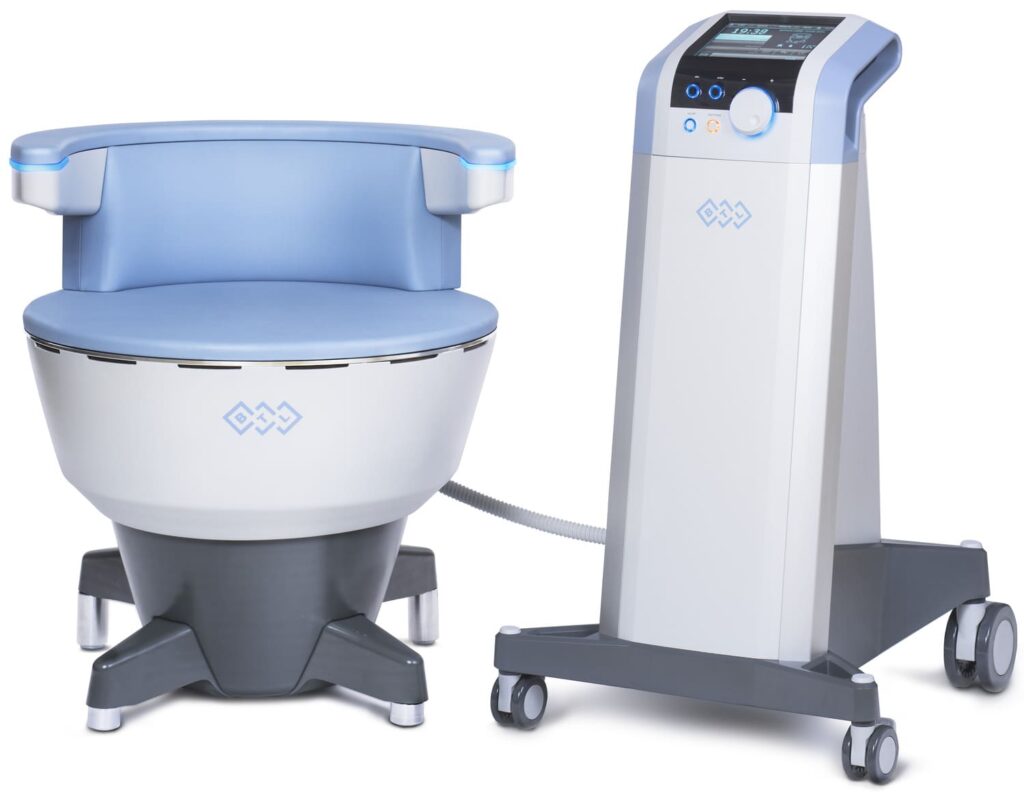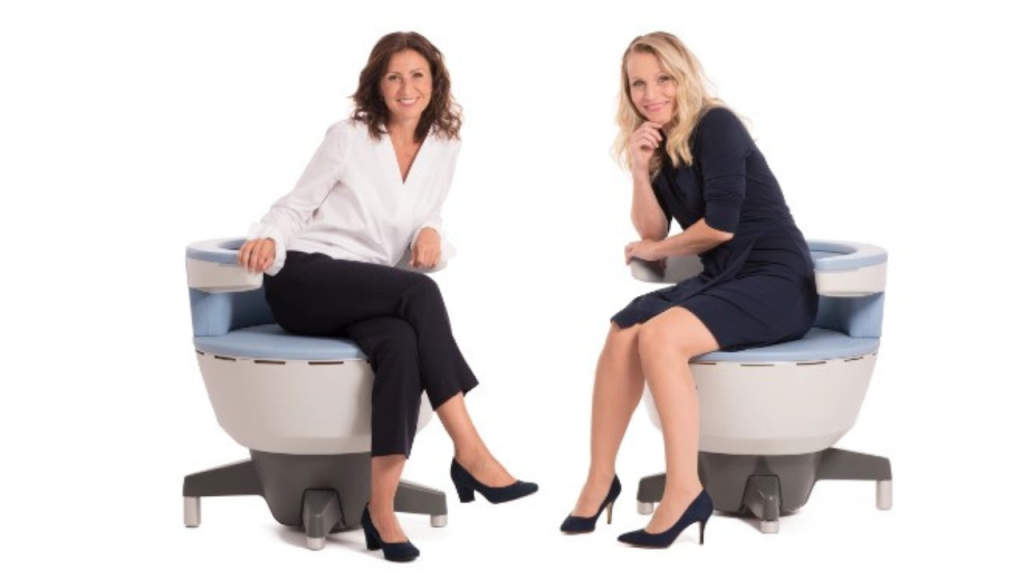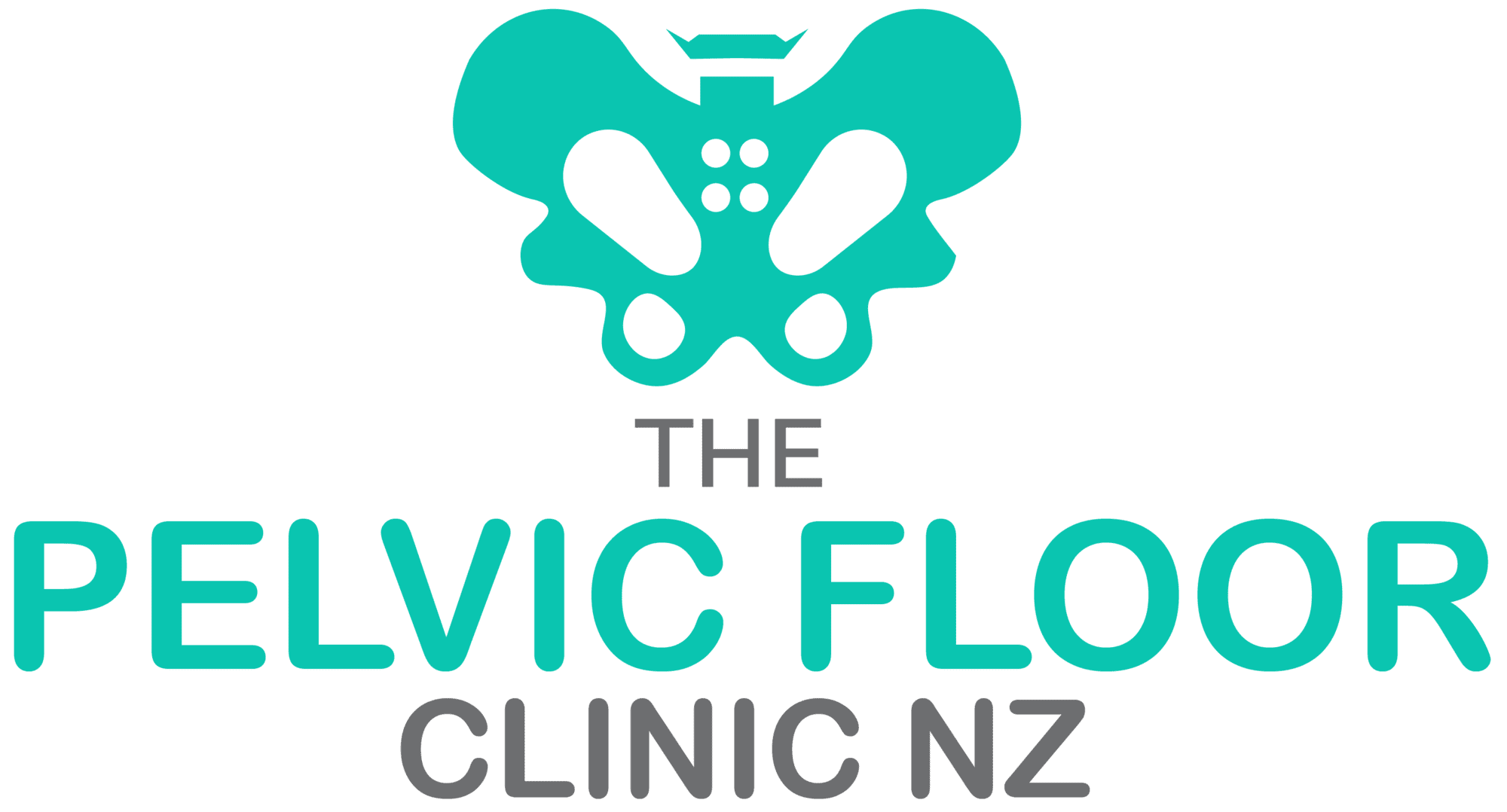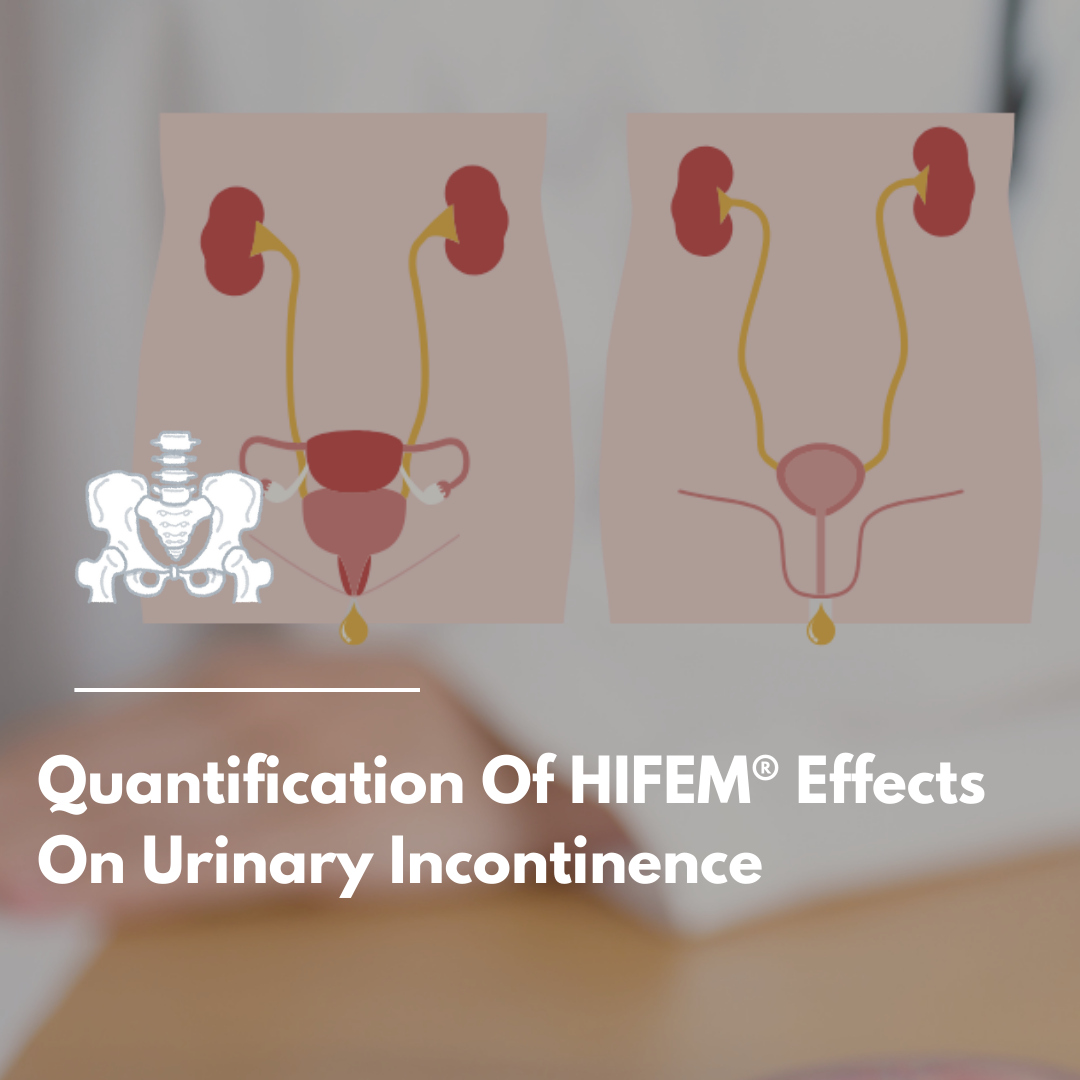Urinary incontinence (UI) is a widespread issue affecting millions, particularly women, disrupting everyday activities and significantly diminishing quality of life. Despite the availability of traditional interventions, many find them either invasive or insufficient. The introduction of High-Intensity Focused Electromagnetic (HIFEM®) technology has revolutionized non-invasive treatment options for UI. Dr. Samuels and Dr. Guerette presented groundbreaking findings at the 38th Annual Meeting of the American Society for Laser Medicine and Surgery in 2018, highlighting the effectiveness of HIFEM® technology in treating stress, urge, and mixed UI.

This article delves into their study, exploring how HIFEM® technology has reshaped the landscape of UI treatment by delivering exceptional, quantifiable outcomes.
Understanding Urinary Incontinence
UI is the involuntary leakage of urine, categorized into:
- Stress Incontinence: Caused by physical activities like sneezing, coughing, or exercise.
- Urge Incontinence: Marked by sudden, intense urges to urinate, often resulting in accidents.
- Mixed Incontinence: A combination of stress and urge symptoms.
The condition often arises from weakened pelvic floor muscles, which support the bladder and urethra. Aging, childbirth, and certain health conditions exacerbate these weaknesses.
HIFEM® Technology: A Game-Changer for UI
HIFEM technology is an advanced, non-invasive solution that uses electromagnetic energy to stimulate pelvic floor muscles. It delivers thousands of supramaximal contractions during each session, strengthening the muscles responsible for urinary control.

How HIFEM Works
- Muscle Activation: Electromagnetic pulses trigger deep muscle contractions that are impossible to achieve through voluntary effort.
- Neuromuscular Re-Education: Improves coordination and function of pelvic floor muscles.
- Non-Invasive Process: Sessions are painless, require no downtime, and take less than 30 minutes.
Study Overview: Quantifying the Effects of HIFEM on UI
Dr. Samuels and Dr. Guerette conducted a study with 20 women aged 45 to 77 suffering from stress, urge, or mixed urinary incontinence. Over several sessions, patients received HIFEM treatments aimed at improving muscle strength and bladder control. The study tracked progress using:

- King’s Health Questionnaire (KHQ): Assessed quality of life across health and social domains.
- Pad Usage: Measured the dependency on absorbent pads before and after treatment.
Key Findings of the Study
Improvement in Quality of Life
The study revealed a remarkable 60% average improvement in KHQ scores across all participants. This improvement encompassed both health-related and social aspects, signifying reduced anxiety and a return to normalcy for many patients.
Reduction in Urinary Leakage
- Nearly 75% of patients experienced significant reductions in leakage or achieved total dryness.
- These results were sustained through the 6-month follow-up, highlighting the durability of the treatment’s effects.
Decreased Pad Usage
A significant number of patients reduced or completely eliminated their reliance on absorbent pads.
- Baseline: Most participants heavily relied on pads to manage daily leakage.
- Post-Treatment: The majority became pad-free or used minimal protection by the 6-month mark.
Graphical Insights: Pad Usage Before and After Treatment
The study’s graph illustrates the shift in pad dependency among participants:
- At baseline, nearly all patients used absorbent pads daily.
- After 3 months, the number of pad-free patients increased significantly.
- At the 6-month follow-up, the majority remained pad-free, while the rest saw minimal pad usage.
Why HIFEM Stands Out
1. Superior Muscle Strengthening
Unlike traditional methods such as Kegels, HIFEM activates muscles deep within the pelvic floor. The procedure delivers contractions that far surpass those achievable through voluntary exercises, leading to faster and more effective results.
2. Long-Lasting Outcomes
The study demonstrated that patients maintained their improved bladder control for up to 6 months, with most experiencing only minor regressions thereafter.
3. Non-Invasive Convenience
HIFEM offers a painless, efficient alternative to surgeries and invasive procedures, making it an ideal choice for patients seeking minimally disruptive solutions.
Comparing HIFEM with Traditional Treatments
| Treatment | Invasiveness | Effectiveness | Drawbacks |
|---|---|---|---|
| HIFEM® | Non-Invasive | High | May require maintenance sessions |
| Kegel Exercises | Non-Invasive | Moderate | Requires consistency and proper form |
| Medication | Non-Invasive | Varies | Risk of side effects like dry mouth |
| Surgical Options | Invasive | High | Risk of complications and long recovery |
Patient Testimonials: Real-Life Transformations

Lisa, 58
“I struggled with stress incontinence for years, embarrassed to laugh or run. After completing HIFEM sessions, I no longer need pads and feel confident again!”
Marie, 68
“I didn’t think non-invasive treatments could work, but HIFEM proved me wrong. It’s liberating to regain control without surgery.”
Considerations for Long-Term Success
While HIFEM delivers remarkable results, patients may require follow-up sessions after 6 months to maintain optimal bladder control. Lifestyle changes, such as staying active and maintaining a healthy weight, can further enhance long-term outcomes.
The Broader Impact of HIFEM Technology
Beyond UI, HIFEM is being explored for its potential to address:
- Postpartum Recovery: Strengthening pelvic muscles weakened during childbirth.
- Sexual Health: Enhancing pelvic strength to improve satisfaction and function.
- Male UI: Offering similar benefits for men experiencing incontinence.
Conclusion: HIFEM as a Revolutionary Solution
HIFEM technology represents a transformative approach to managing urinary incontinence. The study by Dr. Samuels and Dr. Guerette demonstrates its effectiveness in reducing symptoms, enhancing quality of life, and minimizing reliance on absorbent pads.
For patients seeking a non-invasive, efficient, and lasting solution to UI, HIFEM is a groundbreaking option. With its ability to strengthen pelvic muscles and deliver life-changing results, it’s paving the way for a future where UI is no longer a hindrance.
FAQs
1. How soon can I see results with HIFEM?
Most patients notice improvements after a few sessions, with optimal results evident within 3 to 6 months.
2. Is HIFEM painful?
No, the procedure is painless, though patients may feel a mild pulling or tingling sensation.
3. How long do the results last?
The effects typically last up to 6 months, with some patients requiring maintenance sessions thereafter.
4. Can HIFEM treat severe UI?
While effective for mild to moderate UI, severe cases may require additional interventions.
5. Is HIFEM suitable for men?
Yes, HIFEM is also effective for treating urinary incontinence and related pelvic issues in men.






